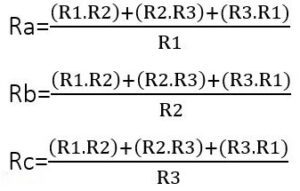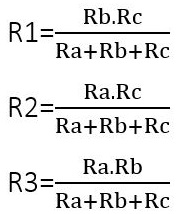This LC circuit resonant frequency convertor is designed to calculate the resonant frequency of a simple LC network based on its inductance and capacitance values. It helps engineers and students quickly determine the operating frequency of oscillators and filters.
Uses of this Convertor
1. Determine oscillator frequencies in RF and electronic circuits.
2. Design bandpass and notch filters.
3. Analyze resonant behavior of LC circuits in educational labs.
4. Assist in tuning circuits for desired frequency response.

Resonant Frequency Formula
f = 1 / (2 × π × √(L × C))
Explanation of the Formula
The formula calculates the natural resonant frequency (f) of a circuit containing an inductor (L) and a capacitor (C). Frequency is inversely proportional to the square root of the product of L and C. A larger inductance or capacitance lowers the frequency, while smaller values increase it.
Example Calculation
For L = 100 nH and C = 10 pF:
f = 1 / (2 × π × √(100 × 10^-9 × 10 × 10^-12)) ≈ 159.15 MHz
Why This Convertor is Useful
1. Saves time compared to manual calculations.
2. Reduces errors in frequency design and tuning.
3. Provides quick insights during circuit prototyping.
4. Supports both beginners and experienced engineers in RF design.
5. Allows easy unit conversion for inductance and capacitance values.







